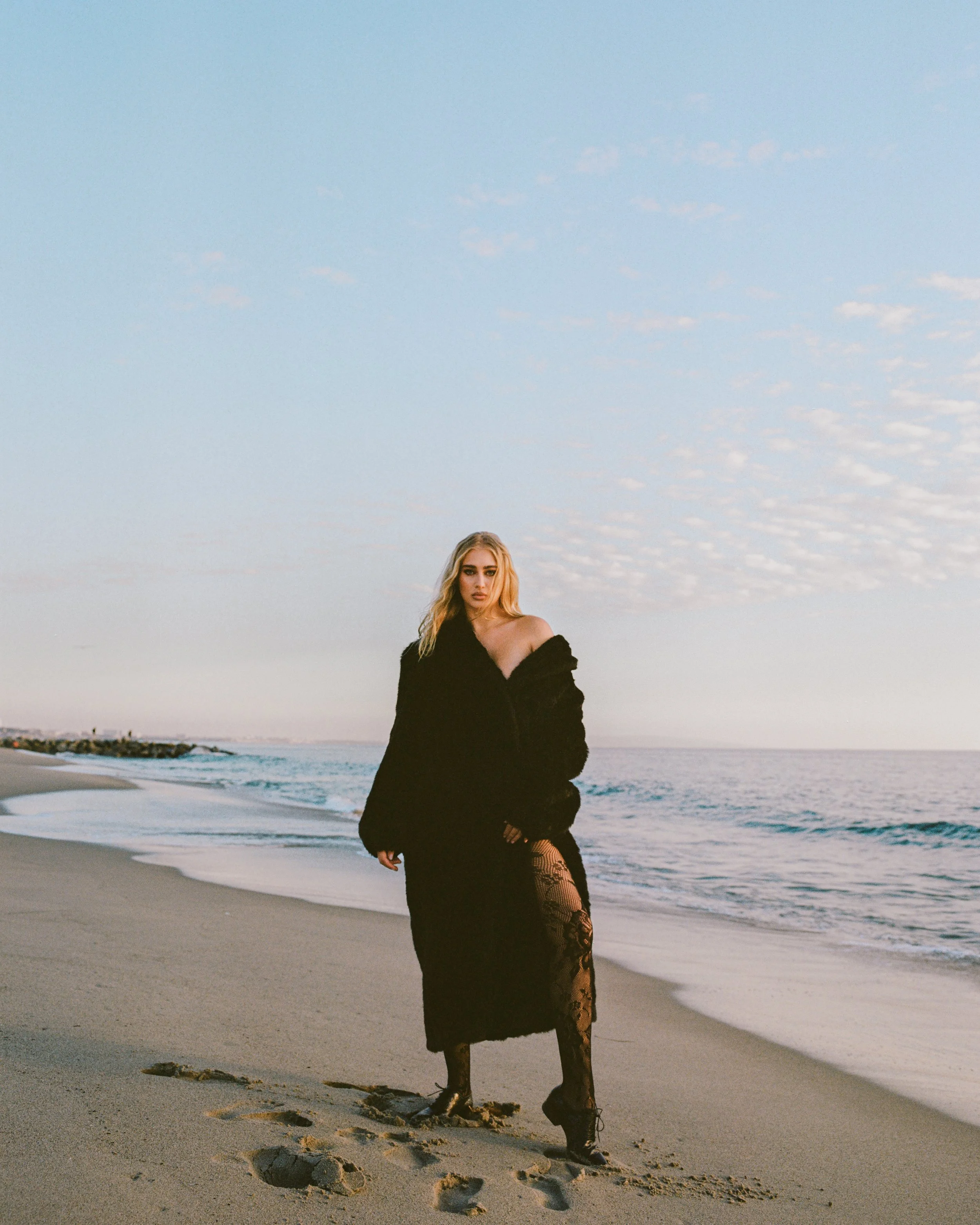What Is Sustainable Fashion?
What is sustainable fashion? is the question that is on everyone’s mind - (besides of course how does Carrie actually afford that NYC apartment on a writer’s salary??) . Constantly besieged by words such as organic, fair trade, and greenwashing, it is difficult for any modern consumer to traipse across the landmine that is now known as the fashion industry with countless brands promoting and creating new products that are discoverable on every platform.
Today, there is a collective acknowledgement that perhaps we should be taking more eco responsibility in our lives through fashion and other lifestyle choices but the path forward can be murky at best. At its roots, sustainable fashion is a comprehensive term used for clothes that are created and enjoyed using responsible and mindful techniques and is ecologically and socially responsible for all of those involved. As climate reporter Whitney Bauck states “Regardless of what your background is, we can all agree on some really basic things - no one should die to make a T-shirt, we shouldn’t be pouring toxins into our planet. “
Not to send you in an immediate spiral with visions of melting ice caps dancing in your head, but it is clear that we all need to be taking steps forward to creating a wardrobe that is more sustainable. Take a deep breath, enjoy a glass of sustainable wine (we suggest Benziger) and read on to discover more about the various facets of sustainable fashion.
Organic
Organic clothing is clothing made from organic natural materials (typically cotton, wool, linen, silk, jute or ramie) and grown without the use of chemicals such as pesticides, herbicides, etc
Fair Trade
Fair trade clothing has been produced based on ethical trade standards including fair wages, healthy work conditions and worker’s rights Oftentimes, fair trade clothing employ local artisans to create products as a way of supporting the local community and its economy.
Upcycled
Upcycled clothing is created from pre or post consumer textile waste material to create new products. Through this system, old garments or textile waste receive an extended life span instead of being discarded and going to the landfill.
Vintage
Vintage clothing is clothing that is more than 20 years old and dates back to a previous era. There can often be confusion on thrifting secondhand pieces vs vintage but anything that dates earlier than 20 years from the current year is considered secondhand.
Deadstock
Deadstock is leftover fabric from clothing manufacturers that can be repurposed to create new designs instead of creating excess fashion waste.
Oeko-Tex
Oeko-Tex certified material is non-hazardous and has been tested for toxic chemicals (including azo dyes, nickel, and formaldehyde) that pose a danger for health.
GOTS Certified
A product with a GOTS label must contain a minimum of 70% certified organic fibers while a GOTS ‘organic’ label requires 95% certified organic fibers. Additionally, these fibers are grown through environmentally and socially responsible manufacturing.
Small Batch or Custom Made
In an effort to encourage conscious consumerism and over-production, small batch fashion is made with a small production run, typically composing of 30 - 500 units. Additionally, some products could be custom made, only being made depending on consumer demand with garment production beginning only after an order has been placed.
Rental Fashion
Fashion rental companies such as Rent the Runway and Nuuly limit over consumption by allowing consumers to rent clothing for a limited time period for special events, vacations, etc without needing to purchase products.
